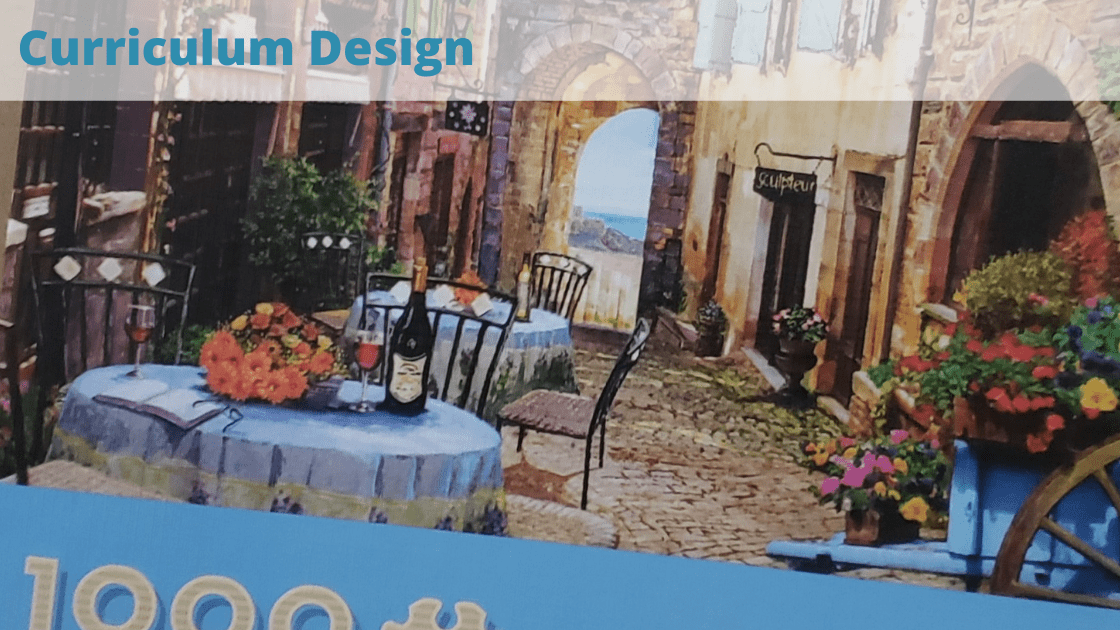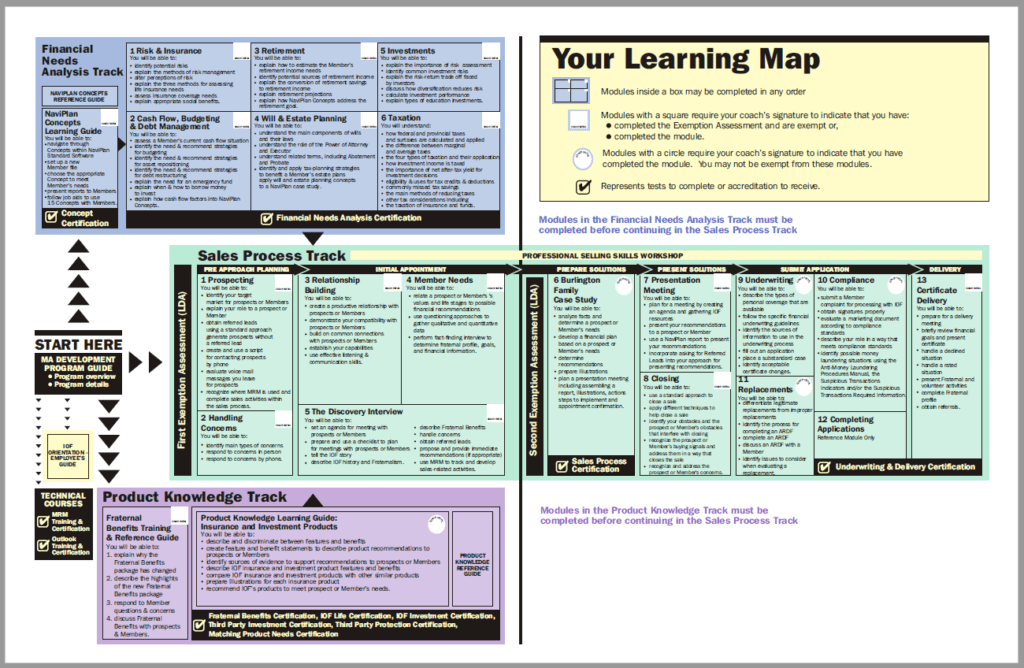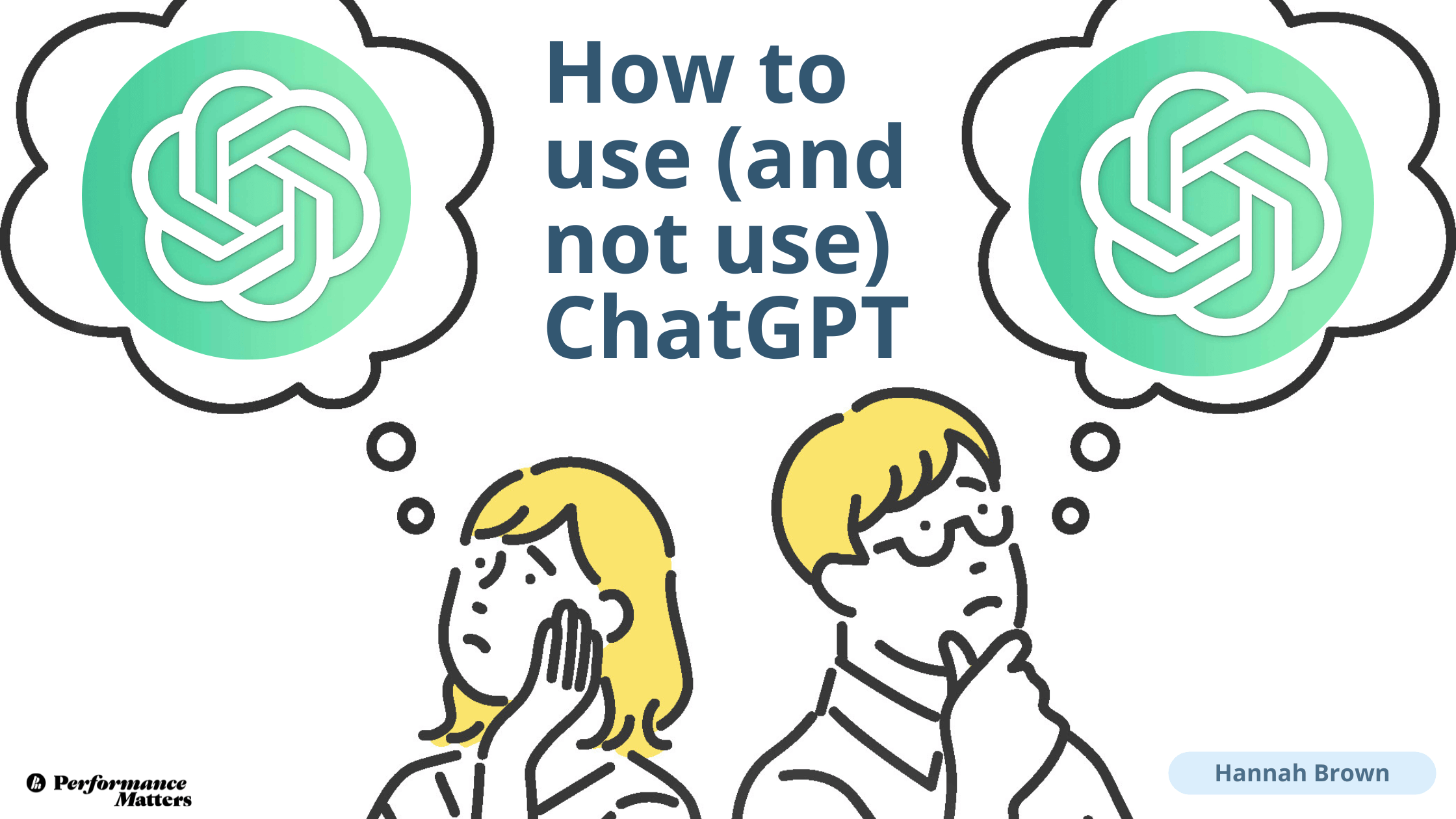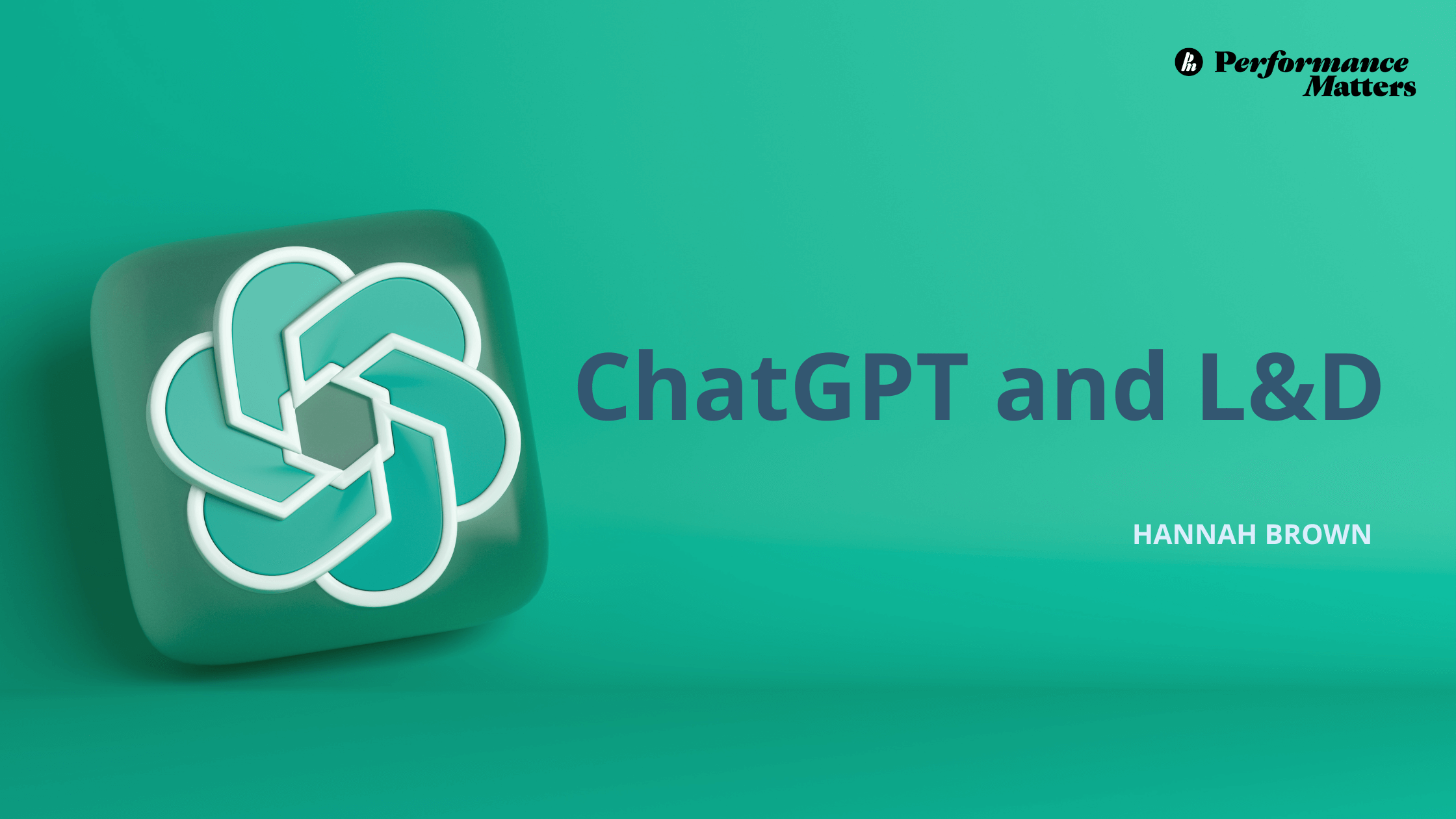And how is it different than designing an individual course?
My family put together two puzzles over the holidays. The first was a village in France and made me nostalgic about our family trip in 2017. The other puzzle was rows and rows of kittens. I noticed my son and husband started each puzzle focused on a specific area – a splotch of colour or identifiable objects. Interestingly, I started each puzzle by putting together the edges.
Curriculum design is like a puzzle
In learning and development, curriculum design is the process of creating a framework for a series of related learning and development experiences. When explaining this to a client, he responded that it’s like putting puzzle pieces together. He was absolutely right.
Let me unpack the puzzle analogy a bit more. A puzzle is made up of individual pieces, which represent training – an elearning course, an online program or an in-person workshop. The puzzle pieces could also represent what I call ‘performance support’ – how-to guides, step-by-step job aids, checklists, etc. Puzzle pieces can also focus on career development and include coaching, mentoring, or secondments.
These puzzle pieces, or learning and development experiences, are arranged so they provide employees with a picture of how they can learn and develop. The puzzle creates a learning road map that can be different for groups of employees.
- New employees need different learning experiences than longer-tenured staff.
- Someone considering a leadership role needs different development yet again.

Organizations often have many of these individual components, individual puzzle pieces, to support their employees. The value of a curriculum design is the bigger picture perspective of how the pieces fit together.
The value of curriculum design
I’m working on three curriculum design projects right now, and it’s giving me an opportunity to step back and consider how different they are. With each one, I work with the client to define the framework – the puzzle edges. The process is curriculum design, and the output, what the client receives, is a learning road map. Here are some examples from over the years of why clients have created a learning road map for their organization.
1. Onboard new employees
Life Insurance company
This life insurance company had an ongoing recruitment process, so new agents were constantly being onboarded. The learning road map provided a visual picture of how the courses fit together, what was mandatory, how to be exempt from a course, and the assessment requirements.
This example is from 2002! You’ll notice the visual style and colour has evolved over time, but the underlying design and approach still hold true today.
Financial services firm
This financial services company had the opposite situation. They hired new employees in groups of one or two, so in-person training wasn’t cost-effective. They wanted to improve the overall effectiveness of employee onboarding in several departments to:
- Decrease the time demand on their trainers.
- Ensure call centre employees who completed onboarding were comfortable answering the phones.
- Mitigate risk by documenting back-office processes in the absence of standard operating procedures.
- Have training materials to support cross-training and build bench strength.
2. Support growth and/or increase revenue
Non-profit
This non-profit had a wealth of resources and information available to their members. They wanted to use these resources and their internal expertise to create online programs to provide member development and generate a modest source of income. The curriculum design identified how to organize their existing materials and structure them for learning. (link)
Tech. startup
This technology startup was growing fast. They had a viable product and realized they needed a different approach to train new customers on their software. Flying their trainer around North America wasn’t viable! The learning road map illustrated the training required for various customer roles and how to leverage learning technology during their growth. (link)
Non-profit
This non-profit had a successful program for entrepreneurs and wanted to standardize it so it could be offered repeatedly and be shared with other non-profit organizations. The learning road map illustrated the program components, so it was easier to see how they fit together. It identified how to leverage technology to support in-person and online delivery.
3. Transition from in-person to online delivery
Ontario College
This college had offered continuing education through in-person programs in the past. They partnered with a non-profit to provide a development program to new Canadians. Their partner wanted to reach a broader audience and asked that the program be available exclusively online. The learning road map identified the program outcomes, the sequence of learning, and how technology could support learning through independent activities and facilitated online sessions. (link)
Curious to learn more?
There is so much more I could say about curriculum design – the process I follow to create the framework, design principles, how to integrate technology. I feel like this newsletter is getting a bit long, so I’ll save it for another newsletter. Stay tuned!
In the meantime, if you are curious to learn more, here are three options to get started:
- This page on my website provides some additional detail.
- I follow the I4PL (Institute for Performance and Learning) competencies. Here’s a link for more information.
- I’m always up for a conversation! I use Calendly to manage my schedule. Feel free to click the button below to find time in my schedule for us to have a conversation.
In case you missed it
I’ve shared some additional posts online. Here they are in case you missed them.
- Guests in online training (link) – Tips for having guests with online new employee orientation
- How to create a virtual fishbowl (link) – A great alternative for Q&A.
- ‘Ins and outs of elearning (link) – Summary of Chamber of Commerce Presentation. Thank you to Janet Holmes for the beautiful sketch note!





